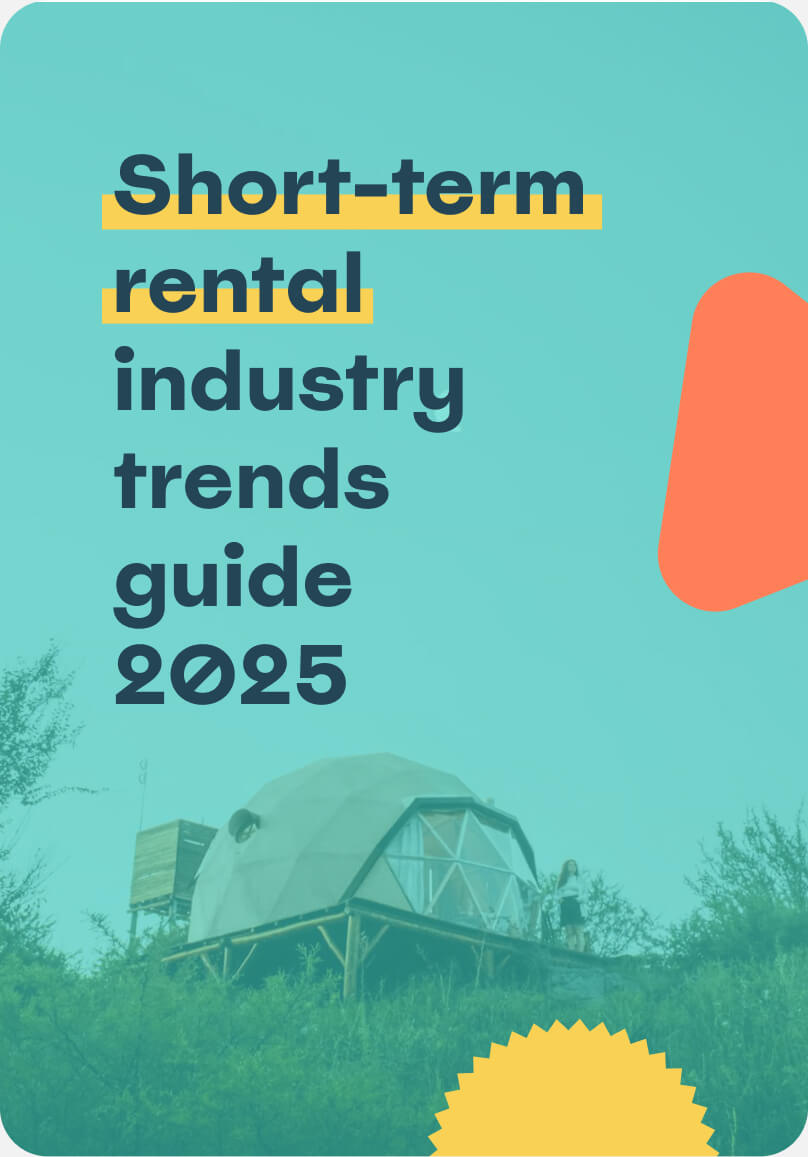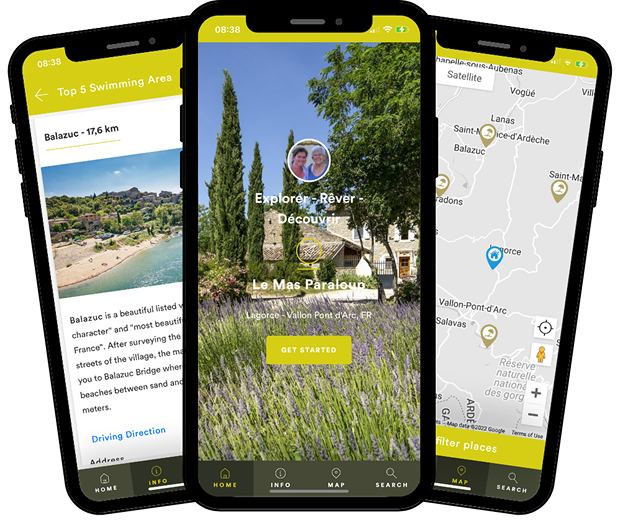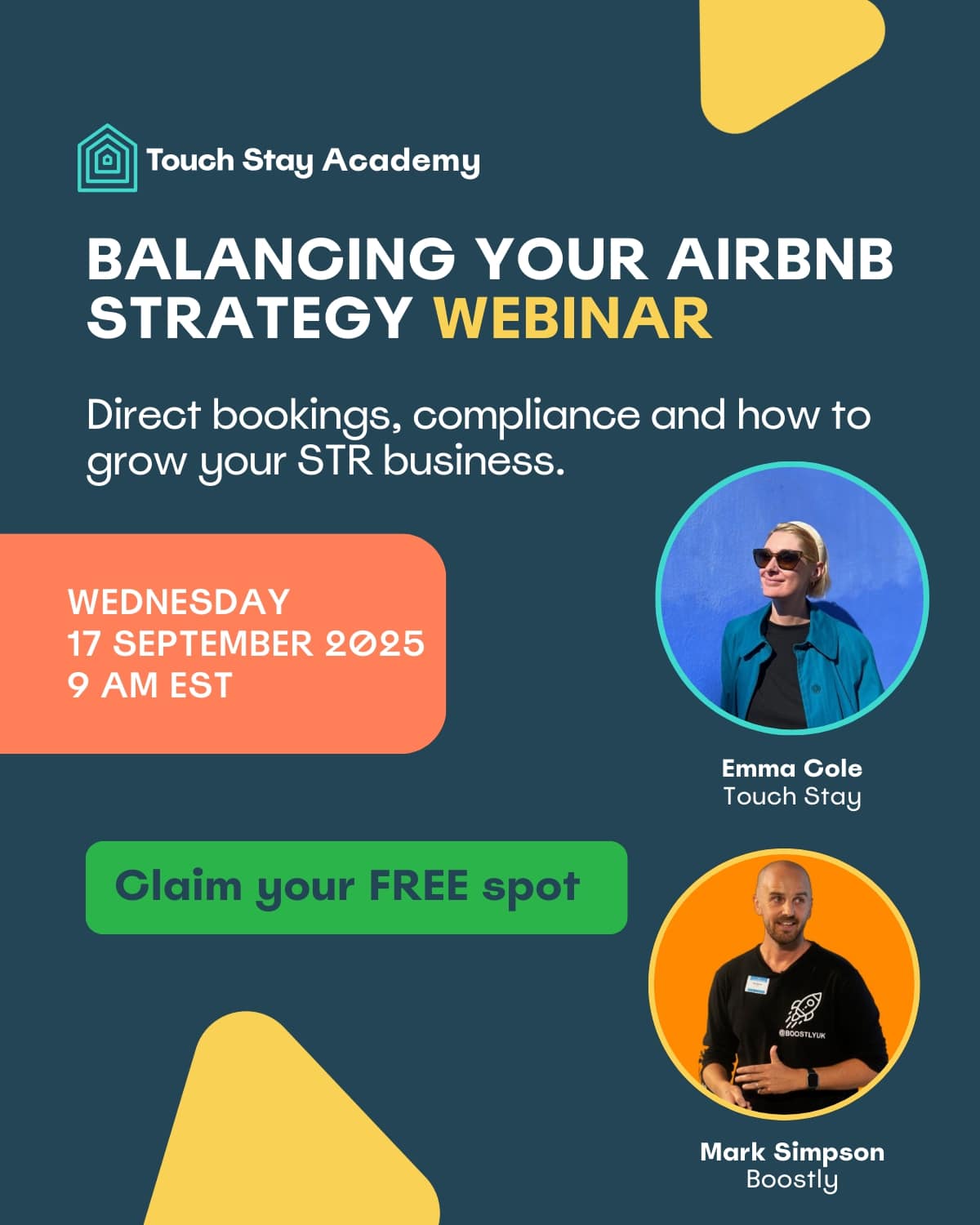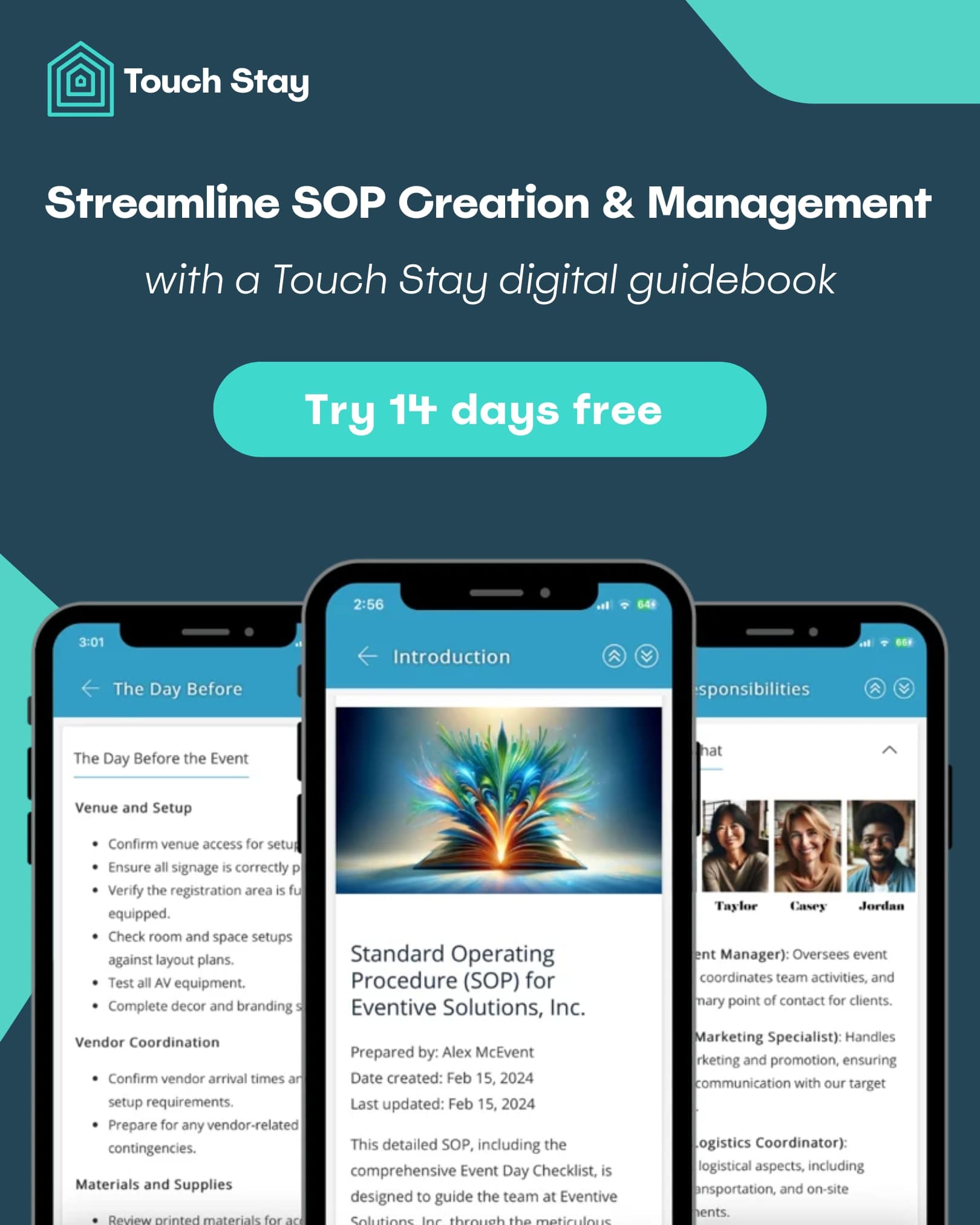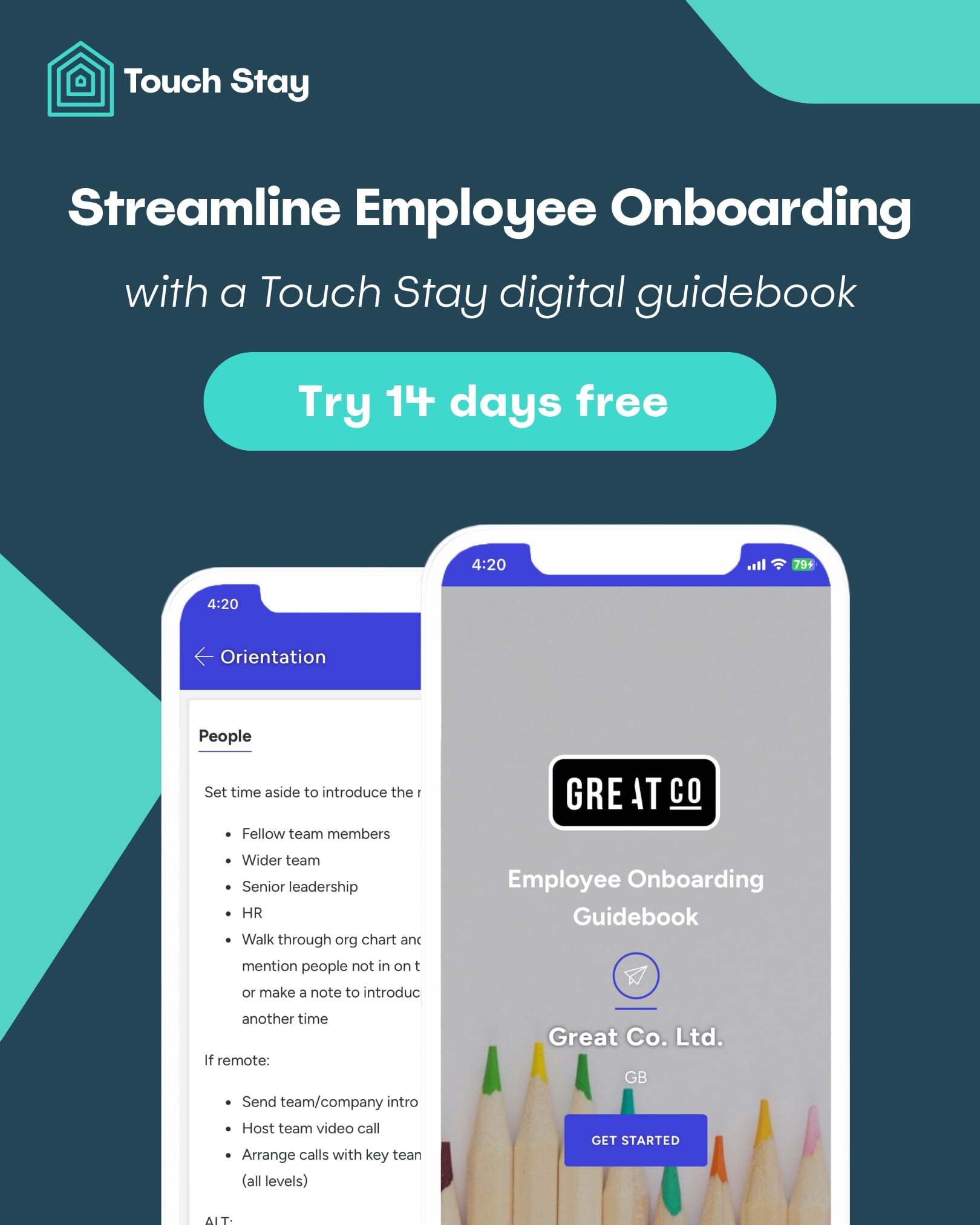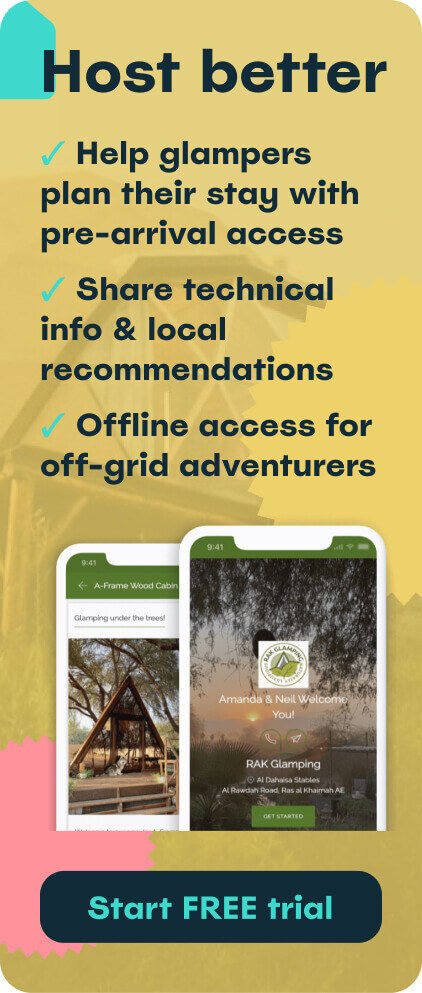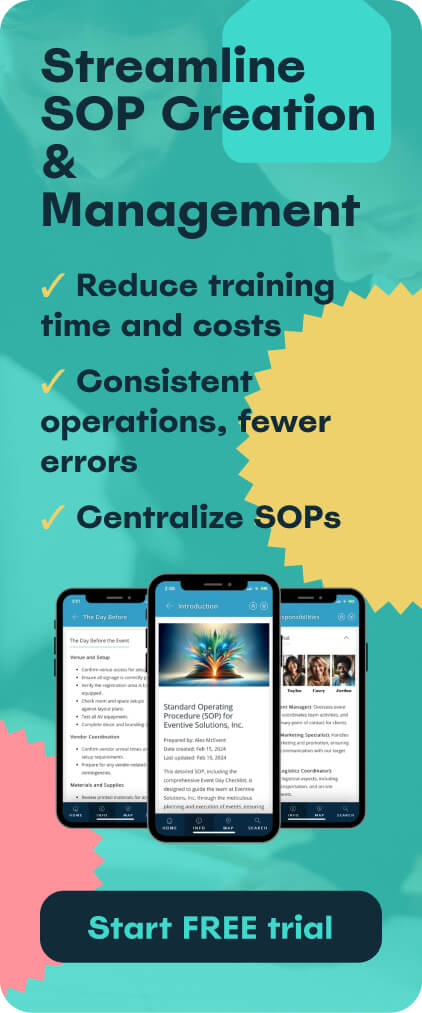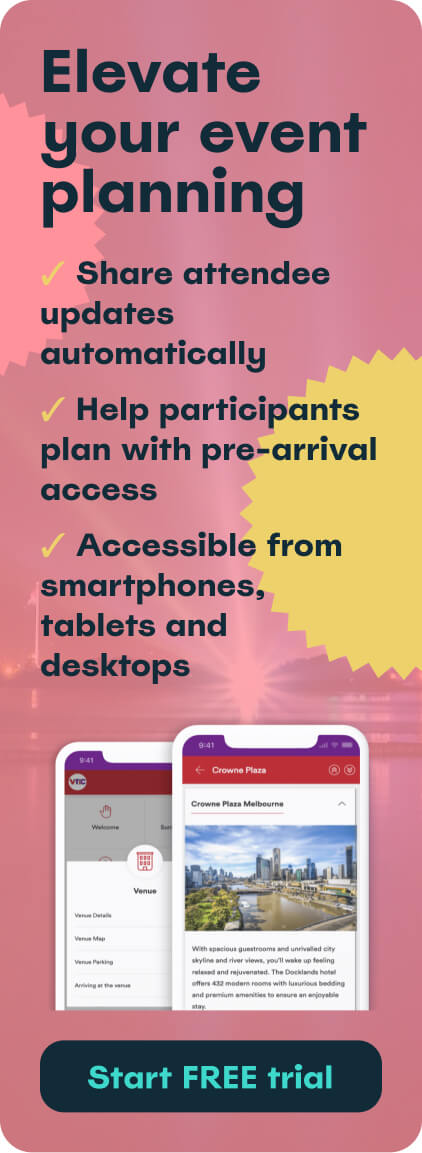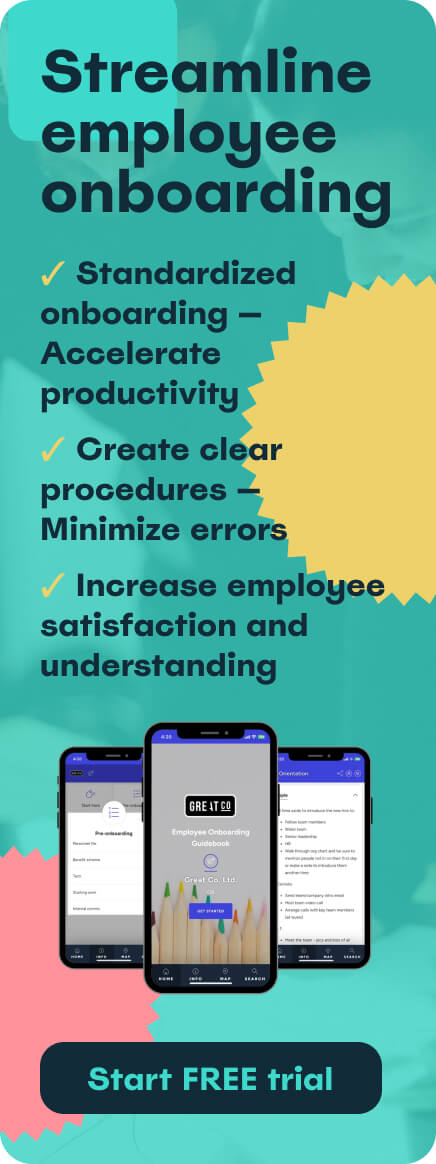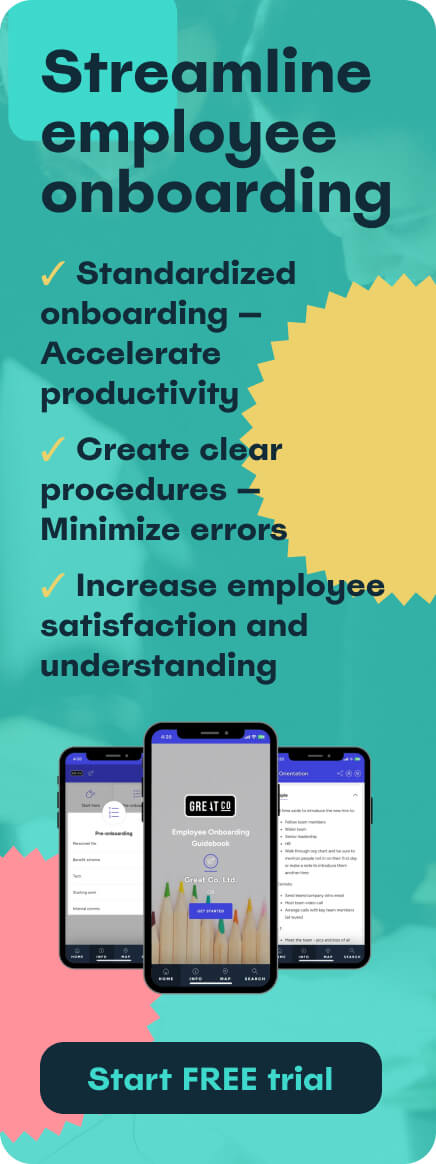You've chosen to grow your team, gone through countless interviews, and secured a promising new candidate. While most of the groundwork is complete, there’s one crucial step left in the hiring process: onboarding. This is a stage you absolutely want to get right.
The quality of the new employee onboarding experience has a huge impact on talent retention. This phase not only conveys responsibilities and expectations which shape performance, but also forms their initial impressions of the company. Consequently, it directly impacts their belief in the organisation, as well as their overall confidence and happiness in their position. To ensure every new hire starts on the right foot, we've put together the ultimate employee onboarding checklist and guide:
- What is a new employee onboarding checklist?
- Why is an onboarding checklist important for new hires?
- Consistency and efficiency: how long should onboarding last?
- Onboarding feedback: how to create an employee onboarding checklist?
- Summary: free employee onboarding checklist template
- Frequently asked questions
Want to make the process from ‘new hire’ to integrated team member a seamless one?
What is a new employee onboarding checklist?
Let's start by clarifying what an onboarding checklist is. An onboarding checklist is a resource used by hiring managers to systematically organise the various stages involved in guiding new hires as they begin their journey with the company. This checklist ensures that every step of the new hire onboarding process is successfully completed.
Pro tip: check out our complete employee onboarding guide
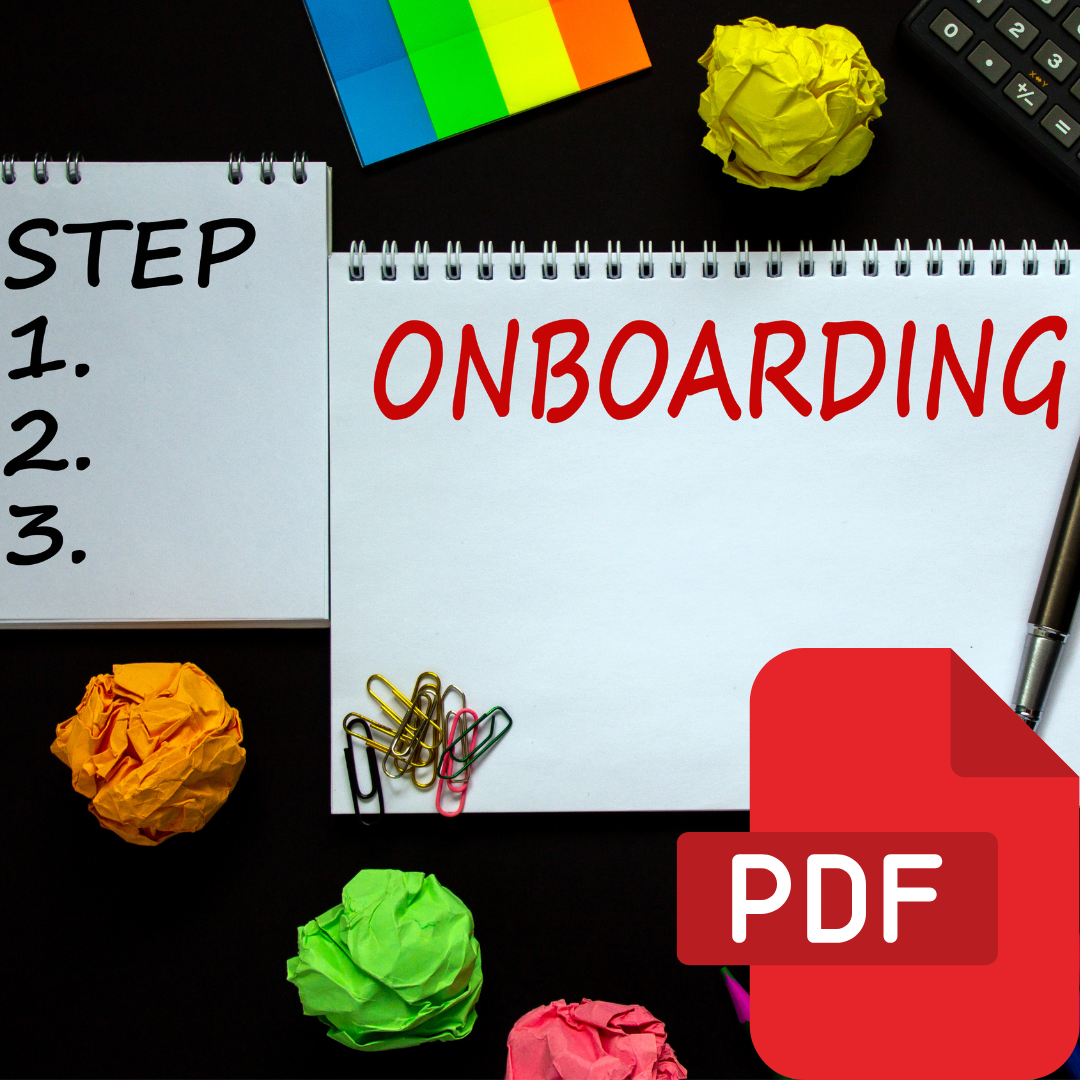
Download your free employee onboarding checklist
Why is an onboarding checklist important for new hires?
A well-defined checklist is crucial when welcoming a new employee to your team. The list should include topics and areas that need to be covered to ensure no important details are overlooked. Whether it's a simple to-do list for the initial days or a comprehensive guide outlining tasks and information for the entire first month, a new employee onboarding checklist is vital for several key reasons.
Improved performance
Onboarding checklists play a crucial role in helping new hires excel in their roles. The checklist serves as a clear guide, outlining job responsibilities and expectations, providing new hires with a roadmap for success within the company and clarifying how success is measured. This clarity can significantly boost a new hire's confidence. Research from the Wynhurst Group found that new hires who go through a structured onboarding programme are 58% more likely to remain with the company for three years or more.
In addition to covering procedural and informational aspects, the checklist also communicates company norms and culture, rapidly immersing new employees in the values and work atmosphere. This swift integration into company culture can make the transition easier for new hires, increasing the likelihood of them feeling comfortable enough to effectively collaborate and communicate with the rest of the team. A study by the Society for Human Resource Management (SHRM) showed that organisations with a standard onboarding programme saw a 50% increase in new hire productivity.
Boosted retention
The onboarding process directly influences employee satisfaction within a company. It forms a new hire’s first impression of how much the company cares about its workforce and helps them understand what's expected of them. These aspects collectively shape how happy and confident they feel in their roles, setting them up for success.
Considering the substantial costs associated with hiring—nearly double the salary during the first year of employment— it is clear that providing new hires with a strong onboarding experience is very important. One of the most effective ways to do so is by ensuring the onboarding process is thorough. Sharing all the important info helps new hires get a handle on their roles, feel confident and fit right into the team. An easy way to make sure onboarding covers everything it should is to use a checklist, so you don't miss any important details. A report by Brandon Hall Group found that strong onboarding programmes improve new hire retention by 82% and productivity by over 70%.
Consistency and efficiency
Having an onboarding checklist for new employees significantly improves the overall efficiency and consistency of the onboarding process. It serves as a straightforward and easily accessible resource that consolidates all the essential "need-to-knows” for hiring managers. Having critical onboarding-related information in one centralised place eliminates the need to create a new checklist with each hire. This saves you from the hassle of searching through multiple documents or sharing information retroactively after the hire has already assumed their role. As a result, it streamlines and enhances the efficiency of the entire onboarding process. For this reason, the checklists are especially beneficial when you are planning to make multiple hires simultaneously or within a short timeframe.
Pro tip: discover more on how to onboard a new employee: processes, best practices and metrics
Consistency and efficiency: how long should onboarding last?
Onboarding is not a one-day event; it's a phased process that can extend over several weeks or even months to ensure a new hire is fully integrated and confident in their role. While the exact duration can vary, a typical onboarding process is structured into three main phases: Pre-Onboarding, The First Week, and The First 90 Days and beyond.
Phase 1: Pre-Onboarding (one to two weeks before start date)
This phase is all about preparation. By taking care of administrative tasks and setting the stage for a great first day, you can make a huge difference.
- 10-14 days before start date: Send a warm welcome email confirming their start date, time, and location. Include a brief schedule for their first day.
- 7-10 days before start date: Begin setting up online accounts, procuring necessary equipment (laptop, monitor, phone), and preparing their workspace.
- 3-5 days before start date: Send a follow-up email with any new hire paperwork that can be completed digitally in advance, such as tax forms or payroll information.
Phase 2: The First Week (days 1-7)
This is the most intensive period of onboarding, focusing on making the new hire feel welcome and equipped with the basics.
- Day 1:
- 9:00 AM: Welcome and orientation. Give them a tour of the office and introduce them to their team and key colleagues.
- 10:30 AM: HR paperwork and company policy review. Have all documents ready for them to sign and provide an overview of the employee handbook.
- 12:30 PM: Team lunch. A great way to promote early connections.
- 2:00 PM: Set up their computer and accounts. Ensure they can log in to all necessary platforms.
- 3:30 PM: Meet with their manager to discuss their role, responsibilities, and initial goals.
- Days 2-5:
- Training and skill development: Begin role-specific training, introducing them to the tools, software, and processes they will use daily.
- Mentorship: Introduce them to their assigned mentor or buddy.
- Company culture: A brief session on the company's mission, values, and vision.
Phase 3: The First 90 Days and Beyond (weeks 2-12+)
The focus shifts from introduction to integration and performance.
- Weeks 2-4:
- Check-ins: Regular one-on-one meetings with their manager to discuss progress, answer questions, and provide feedback.
- Performance metrics: Establish clear KPIs and performance benchmarks.
- Integration: Encourage them to take on small projects to get a feel for the work and team collaboration.
- Months 2-3:
- 30/60/90-day review: Conduct a formal review to assess their progress, celebrate achievements, and identify any areas for further development.
- Feedback: Ask for their feedback on the onboarding process.
- Goal setting: Set longer-term goals for their role and career progression.
Onboarding feedback: how to create an employee onboarding checklist?
Creating a great onboarding checklist doesn't have to be a complicated, time-consuming process. By using a digital guide, like the one offered by Touch Stay, you can centralise all the information a new hire needs in one easy-to-access place. Here’s a step-by-step guide on how to create a great employee onboarding checklist with Touch Stay.
 Step 1: Sign up for a free trial
Step 1: Sign up for a free trial
First things first, sign up for a free 14-day trial of Touch Stay. You don’t need a credit card, and you'll get immediate access to all the features.
Step 2: Choose a template or start from scratch
Once you’re in your account, you can either start from a blank slate or use one of our pre-built templates. While our templates are designed for short-term rentals, they provide a fantastic structure that you can easily adapt for an employee onboarding guide. The sections and features are fully customisable.
Step 3: Structure your guide
Create a logical flow for your onboarding guide. Using the phases discussed earlier (Pre-Onboarding, The First Week, etc.), set up your main sections. Use headings to clearly delineate each stage.
Step 4: Add content and resources
Within each section, you can add various content types to make the guide engaging and informative.
- Text and Images: Write out key information about company policies, department roles, and job expectations. Add images of the office, the team, or screenshots of software they’ll use.
- Video: Upload or embed videos, such as a welcome message from the CEO, a tour of the office, or short tutorials on using specific software. This is a great way to introduce company culture and make the experience more personal.
- Links: Include links to important documents, HR portals, company social media, or external resources.
- Checklists: This is where the magic happens. Use Touch Stay’s checklist feature to create a series of to-do items for the new hire. You can create checklists for their first day (e.g., "Sign HR paperwork"), their first week ("Complete mandatory training"), or their first month ("Schedule a coffee chat with a colleague from another department"). The new hire can tick items off as they go, giving them a sense of progress.
Step 5: Share your guide
Once your guide is ready, you can easily share it with new hires. Instead of sending multiple emails with various attachments, you simply send one single link. This link can be accessed on any device—mobile, tablet, or desktop—without the need to download an app. You can also password-protect the guide for added security.
By using a Touch Stay digital guidebook, you ensure that every new employee receives the same high-quality, consistent onboarding experience. It saves you time, reduces administrative hassle, and helps new hires feel supported and prepared from day one.
Summary: Free employee onboarding checklist template
To help you get started, we’ve created a free employee onboarding checklist template. This template is a great starting point, covering all the essential phases and tasks discussed in this article. You can download it, adapt it for your company’s specific needs, and use it as a reference point for your digital onboarding guide.

Download your free employee onboarding checklist
Frequently asked questions
The terms are often used interchangeably, but there's a key distinction. Employee orientation is a single event or a short period (usually one to two days) that focuses on administrative tasks and introductions. It’s about giving new hires the basic information they need to get started, such as filling out paperwork, getting a company ID, and a brief tour. It's largely a one-way street, with information flowing from the company to the employee.
Employee onboarding, on the other hand, is a more comprehensive and long-term process that can last for several weeks or even months. It's an immersive experience designed to fully integrate a new hire into the company culture and their specific role. Onboarding goes beyond paperwork to include training, mentorship, goal setting, and team integration. It’s a two-way process that encourages dialogue and feedback, ensuring the new hire feels supported and set up for long-term success.
Onboarding is a team effort. While the HR department and the new hire’s direct manager play the most significant roles, several other people should be involved to ensure a smooth transition:
- The Hiring Manager: They are the new hire’s main point of contact. They should set job expectations, provide role-specific training, and conduct regular check-ins.
- HR Department: They handle all the administrative tasks, from paperwork and payroll setup to explaining company policies and benefits.
- The Mentor or "Buddy": An experienced colleague from the new hire's team who can provide informal support, answer day-to-day questions, and help them navigate company culture.
- IT Department: They are responsible for setting up all the necessary equipment and online accounts, ensuring the new hire is productive from day one.
- The Wider Team: Everyone on the team should be prepared to welcome the new hire, introduce themselves, and be a friendly, accessible resource.
Developing a new onboarding process can be daunting, but breaking it down into a few steps makes it much more manageable:
- Define Your Goals: What do you want to achieve with your onboarding process? Is it to boost retention, increase productivity, or improve company culture?
- Map the Journey: Outline the new hire's journey from the moment they accept the offer to their first few months on the job. Identify all the key touchpoints and tasks.
- Gather Feedback: Talk to recent new hires and current employees. What did they find most useful during their onboarding? What was missing? Use this feedback to build a process that addresses real needs.
- Create a Checklist: Based on your goals and feedback, create a comprehensive checklist that covers all administrative, training, and cultural aspects of the onboarding journey.
- Assign Roles: Clearly define who is responsible for each part of the process—HR, the hiring manager, IT, etc.
- Use a Digital Tool: Use a digital guide, like a Touch Stay guidebook, to centralise all your information. This makes it easy to update and ensures consistency for every new hire.
- Iterate and Improve: Onboarding isn't a one-and-done deal. Regularly review and update your process based on new feedback and changes within the company.
The 5 C's of onboarding provide a useful framework for creating a well-rounded and effective onboarding programme.
- Culture: Introducing the new hire to the company's values, mission, and work environment. This helps them understand what the company stands for and how they can contribute.
- Connection: Helping the new hire build relationships with their colleagues, manager, and mentor. A strong social network at work is crucial for feeling a sense of belonging.
- Clarity: Providing clear information about job expectations, performance goals, and what success looks like in their role. This removes ambiguity and builds confidence.
- Compliance: Covering all the necessary legal and policy-related paperwork, ensuring the new hire understands and adheres to company rules and regulations.
- Check-in: Regularly checking in with the new hire to see how they're progressing, address any questions or concerns, and provide feedback and support.
These five principles ensure that your onboarding process is not just about paperwork, but about holistic integration and long-term success.
Are you expanding your team and seeking a foolproof onboarding process? At Touch Stay, we specialise in crafting comprehensive onboarding handbooks and checklists for employees. With our expertise, you can be confident that each new hire is seamlessly integrated.
Elevate your employee onboarding process today!

Ned
Ned has clocked up over 11 years in digital marketing and comms, with a strong focus on creating engaging content for a range of brands and agencies. When he’s not writing, he can be found digging for records, peering through his telescope at the night sky, or onboard his local lifeboat where he volunteers as a crewmember.
Be the first to know!
Join our newsletter for early access to:
- ✅ Free guides
- ✅ Pro tips & tricks
- ✅ Time saving tutorials
- ✅ Latest blog posts
- ✅ Checklists & templates
